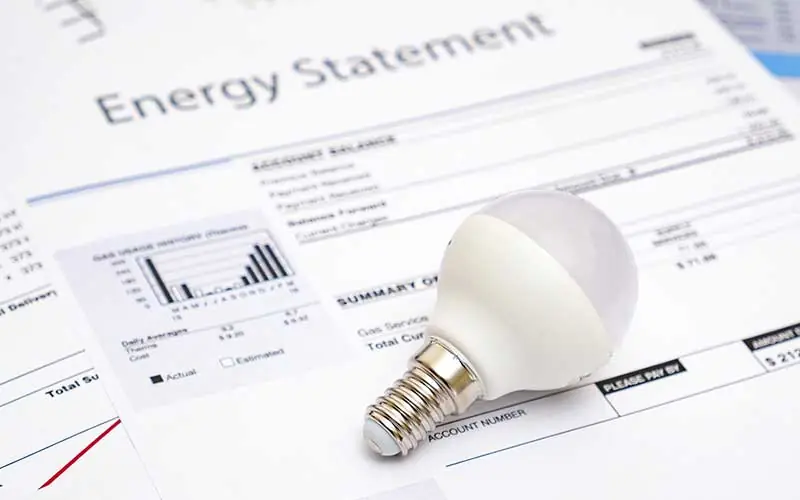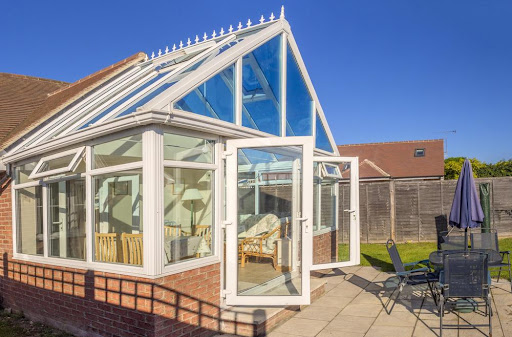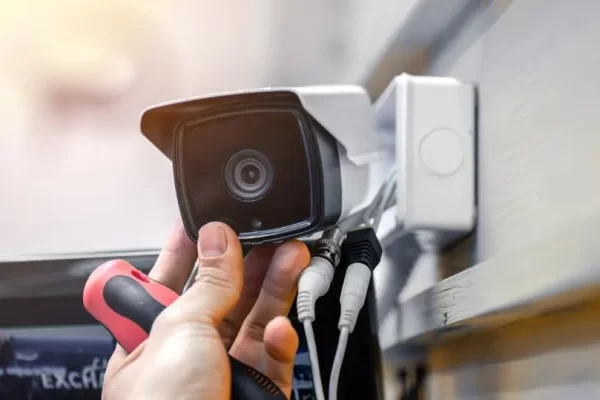Your apartment’s electricity bill is one of your biggest expenses. Getting rid of energy and water-wasting appliances, conducting a home energy audit, and shopping around for the right electric rate can all cut your average cost per kWh. Your electricity costs fluctuate month-to-month based on the amount of electricity you use. Understanding the different charges on your bill, like distribution service charges, demand rates, and state program fees, can help lower your account.
Table of Contents
Switch to a Fixed Rate Plan
With rising energy prices, it’s time to take action. Switching to a fixed-rate plan is the most effective way to lower your energy bill. These plans offer stability and peace of mind by locking in a set price per kilowatt hour for the duration of your contract. They’re best for consumers who want to shield themselves from energy market inconsistencies and volatility. If you need clarification on your type of plan, check the website of your Corpus Christi electric company for details on rates and contract term lengths. Most suppliers offer projects that range from 6 months to 24 months, so it’s easy to find one that fits your needs. Another benefit of a fixed rate plan is that you won’t be exposed to high-price spikes but won’t reap the benefits of energy market decreases. However, you can offset these costs using cost-reduction programs and rebates from utility companies and energy-efficient equipment providers.
Upgrade Your Appliances
It may not come as a surprise, but your home’s appliances consume a lot of electricity. This is why switching to energy-efficient devices can save you money on your electric bill and reduce greenhouse gas emissions.
Some upgrades can carry an upfront cost, but they often save energy over time. For example, swapping out your incandescent bulbs for LEDs can greatly impact your home lighting, saving you more than $225 a year. Upgrading your heating and cooling equipment to new, energy-efficient models is another big cost-saving move. Other energy-saving tips include using a smart thermostat, turning off appliances when not in use and implementing home efficiency improvements like proper insulation and air-sealing. All of these strategies can have a significant impact on your utility bills, helping you save money without changing your daily routine.
Switch to Off-Peak Hours
If you are on a Time of Use plan or you are thinking about switching to one, it is important to understand how off-peak hours can help lower your energy bill. During peak electricity hours, rates are higher because of high energy demand. However, if you shift your energy consumption habits to take advantage of off-peak rates, you can save money and reduce your carbon footprint. To determine your off-peak hours, check your electricity bill breakdown or contact your energy provider. It is also important to note that these times will vary depending on the region and season. During off-peak hours, rates are lower because electricity usage is low. This helps to free up the grid and prevent power outages. It is also a great way to encourage energy-efficient behaviors.
Switch to a Smart Thermostat
Unlike older programmable thermostats, smart thermostats can learn your habits and make changes automatically. They also let you see your energy usage in kilowatt-hours to understand better how your home uses electricity. A smart thermostat can help you save money by lowering your electricity bills by up to 23%. Smart thermostats also offer features like temperature zoning, which allows you to heat or cool rooms you’re using at the time and automatically adjust settings for when no one is home. Some models even have geofencing, which automatically lowers the heating or cooling when you leave your house and turns it back on before you return. Some electric companies provide cost-saving incentives to encourage customers to purchase and use smart thermostats.
Switch to Energy-Efficient Lighting
It’s no secret that energy-efficient lighting uses less power, which can reduce your electricity bill. Switching to compact fluorescent lamps or light-emitting diodes (LEDs) can save you up to 75% of your energy costs compared with traditional bulbs. You may also be eligible for federal and state tax credits that can help offset the cost of your new bulbs. These lights typically last longer than traditional bulbs, saving money on replacements and maintenance costs. By minimizing household energy consumption, you can take a big step towards lowering your electricity bills while helping the environment. Just educate yourself on your per kilowatt-hour rates so you understand how much energy each appliance or fixture uses. You can then use this information to choose the most energy-efficient options. This will ensure you get the most bang for your buck and make the least impact on your utility bills. Best of all, these changes can be easily implemented and maintained, even by busy households!





